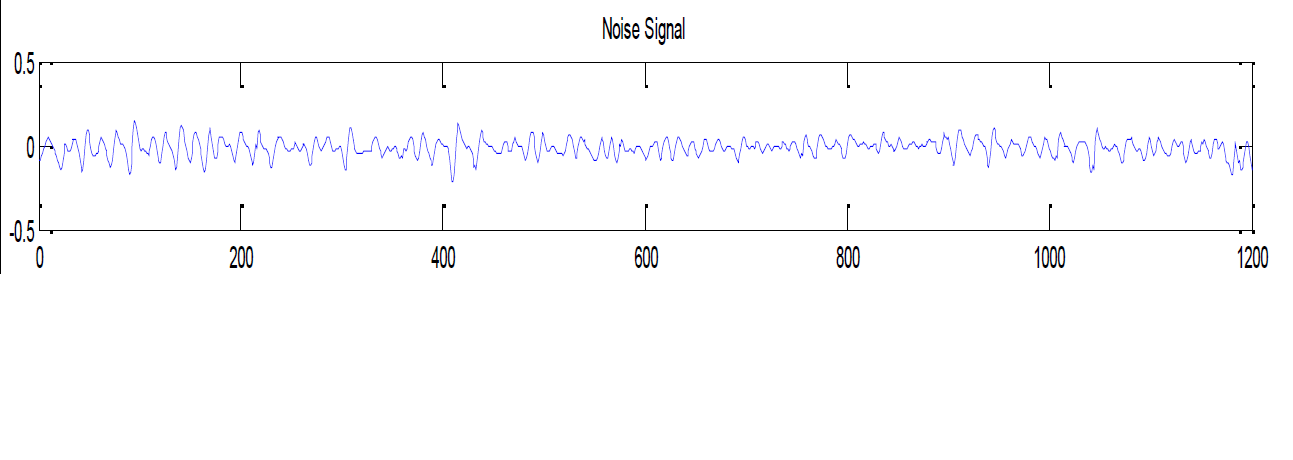From Friday, April 19th (11:00 PM CDT) through Saturday, April 20th (2:00 PM CDT), 2024, ni.com will undergo system upgrades that may result in temporary service interruption.
We appreciate your patience as we improve our online experience.
From Friday, April 19th (11:00 PM CDT) through Saturday, April 20th (2:00 PM CDT), 2024, ni.com will undergo system upgrades that may result in temporary service interruption.
We appreciate your patience as we improve our online experience.
Hi,
You could use LabVIEW signal generation VIs to generate noises with specific frequecy, amplitude, then add it to the output of Simulate ECG Express VI in Biomedical Toolkit.
Thanks!
ZJ Gu
hello and thanks for your prompt reply
i don't know 2 things
1- how can i use the out put of biomedical toolkit to VI page . in the biomedical workbench i can't generate a signal.
2- i want to know the movement artifact real frequency and amplitude and.........
i can use the labview noise generation but i don't know the parameters of the this noise
do you know them ?( for example frequency 20Hz amplitude 2 ....................)
thanks
hello hami45, once i did a ecg signal database for upper limb to improve the training of the control system of a robotic orthesis, so, i studied this topic and you have to know a copule of things:
1. signal characteristics depends on how do you put the electrodes(measure configuration), where do you put the electrodes(upper or lower limbs, etc)
2. signal characteristics depends on people demographic variables as age, gender.......
3.signal characteristics depends on people activity(different from laugh or being serious, as an example), hour in the day, hormonal cycles.....
but there exist typical characteristics, i can only talk about my job(the one i did), for the upper limb ecg signal range is between 500 and 750 hz with 5 milivolts peak to peak.
about noise, typical noise as white noise and usually in 125, 200, 75 and 1000 hz as maximun noise components(i did spectrum analisis), and about the typical characteristics of the different hand moves we measured smooth moves(the ones that needs no too much finger moves to be done, strenght or speed doesnt matter) implies softer ecg signals, but complex moves used to apear like a pulse train.
you can use a vi express to simulate your signal or use workbench and save a generated signal as a tdms, so you can import it on labview as a ECG source
i hope it can help you
ps. forgive my english, is not my native language
thanks a lot for your answer . it was very useful .
i want simulate a noise like this . please guide me . with which block in labview i can make it

You can find actual recordings that include real movement and other types of artifact on the Physionet database. These files can be downloaded and the format is supported by the file format converter in the toolkit.
Sent from my iPhone
i searched this site but i could't find useful file abouy my question
i tested all of noise generator in labview . but non of them can produce this noise
hi Hami45, none of the noise generator in labview produce a signal like that, that signal looks like an ecg signal ![]() , nor just a noise
, nor just a noise
well, if you want to do it in the hard way (just labview signal generator) you need to know that that pulse is a sumatory of noise and two or three sinusoidal signals.
i believe you can use workbench and generate signals, but i dont remember and i think there existed some vi for labview using but i couldnt use it.
i can recomend you to do an specrtum analisis with spectral measures.vi from vi express palette and use it to know the frequency components of signal.
i hope it can help you
 this is my circuit is it true ? is my adaptive filter design true if isn't please tell my wrong and guide me
this is my circuit is it true ? is my adaptive filter design true if isn't please tell my wrong and guide me
i think your adaptative filter is not working because of your code, i sugest you to use a producer/consumer design pattern. your ecg+noise signal as a producer and your filter as a consumer, but the initial and final vi of filtering outside the for loop. you should wire an simple error handler vi so you will know why your vi is not working
also, i remember, an adaptative filter needs another wire to work, i dont remember if a feedback node or an only-noise input.
im not an filtering expert but i recomend you to look for demos and read the vi documentation and read more about adaptative filters
thanks a lot . i don't know what should i do I'm very confused i think i can't do this project
what do you have to do?, i don't understand what's your project about
it's very simple but i don't know . i want denoise a ECG signal with LMS algorithm . but i don't know how can i design a adaptive filter circuit . i saw all of samples in labview but it wasn't very helpful